The 1970s was a golden era for teen idols, with bedroom walls across America plastered with posters of fresh-faced stars who dominated Tiger Beat and 16 Magazine. Their feathered hair, bell-bottoms, and earnest smiles launched merchandise empires and screaming fans. But the spotlight that burns so brightly often fades just as quickly. Here’s a nostalgic look at 12 teen sensations whose stars rose meteorically—and then seemed to vanish almost overnight from the public consciousness.
1. Bobby Sherman
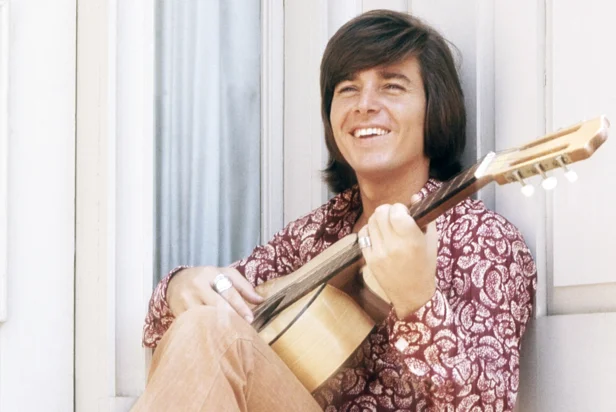
Bobby Sherman’s boyish charm and infectious smile made him a staple of teen magazines in the late ’60s and early ’70s. His popularity exploded with acting roles on shows like “Here Come the Brides” and “Getting Together,” while hits such as “Little Woman” and “Julie, Do Ya Love Me” solidified his status as a musical heartthrob who sold over five million records between 1969 and 1971. Sadly, as reported by Remind, these days Bobby is contending with poor health after a stage 4 cancer diagnosis.
Sherman’s abrupt departure from the spotlight surprised many fans, as he essentially walked away at the height of his fame. In an unusual career pivot, he became an emergency medical technician and later a police officer, dedicating himself to public service. This dramatic career change from teen sensation to first responder made Sherman one of the most distinctive “whatever happened to…” stories of ’70s pop culture.
2. Shaun Cassidy

As the half-brother of David Cassidy and son of Broadway star Jack Cassidy, Shaun seemed destined for stardom. His self-titled debut album went platinum in 1977, and his cover of “Da Doo Ron Ron” topped the charts while he simultaneously starred as Joe Hardy in the popular TV series “The Hardy Boys/Nancy Drew Mysteries” alongside Parker Stevenson. With his boyish good looks and musical pedigree, Cassidy dominated teen magazines from 1977-1979. As revealed by a Q&A shared by Remind, fans can rejoice in knowing Shaun eagerly answers fans’ queries about his celebrated life to this day.
Cassidy’s teen idol status began fading with his 1980 album “Wasp,” a more mature rock effort produced by Todd Rundgren that alienated his young fan base. Unlike many teen idols, Cassidy successfully transitioned behind the scenes, becoming a respected television writer and producer for shows like “American Gothic” and “New Amsterdam.” His deliberate step back from performing ended his ubiquity but launched a sustainable long-term career in entertainment.
3. Leif Garrett
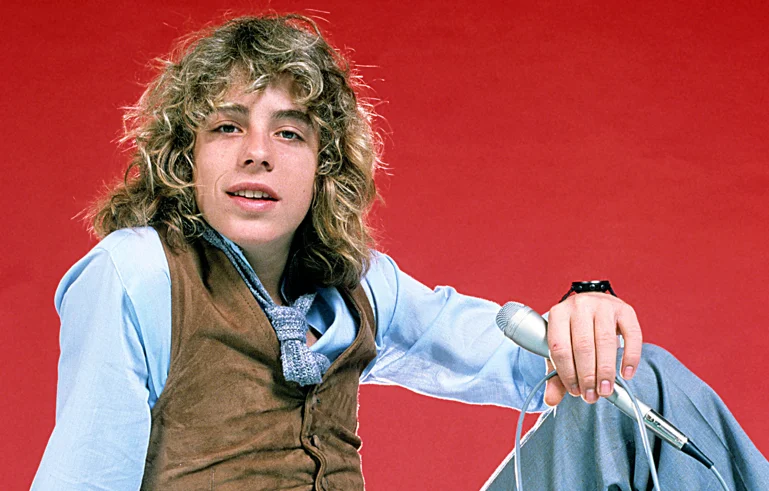
With his flowing blond locks and boyish smile, Leif Garrett was the definition of ’70s heartthrob material. Rising to fame at age 15 with hit singles like “I Was Made for Dancin'” (1978), Garrett graced countless magazine covers and even starred in the TV drama “Three for the Road.” His teen idol status seemed unstoppable as he balanced a recording career with acting roles. Smashing Interviews Magazine further details a memoir that dives into his life as a teen idol.
By the early 1980s, however, Garrett’s clean-cut image crumbled amid struggles with substance abuse. A serious car accident in 1979 that left his passenger paralyzed marked the beginning of his decline from teen magazine prominence. Despite occasional attempts at comebacks and reality television appearances decades later, Garrett never recaptured the ubiquity he enjoyed during his brief reign as a ’70s teen sensation.
4. David Cassidy
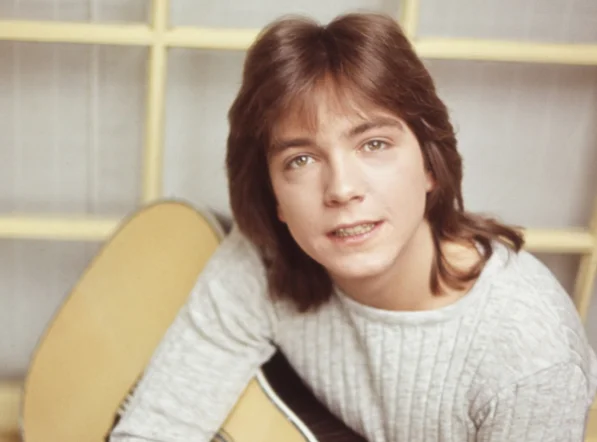
As Keith Partridge on “The Partridge Family,” David Cassidy achieved a level of teen idol worship few stars have matched before or since. At the peak of “Cassidymania” in 1972, his fan club reportedly had more members than Elvis Presley’s and The Beatles’, while hits like “I Think I Love You” and “Cherish” dominated radio play. Merchandising featuring his image generated millions in sales, from lunch boxes to bubble gum cards.
Cassidy’s deliberate break from his teen idol image came in 1974 with a controversial Rolling Stone cover featuring a nude photo shoot and interview where he distanced himself from his squeaky-clean character. His attempt to be taken seriously as an adult artist largely backfired with his core audience, and by 1975, his concerts no longer sold out instantly. Though he continued performing until shortly before his death in 2017, his cultural omnipresence vanished almost overnight when the ’70s teen idol phenomenon shifted to new faces.
5. The Bay City Rollers
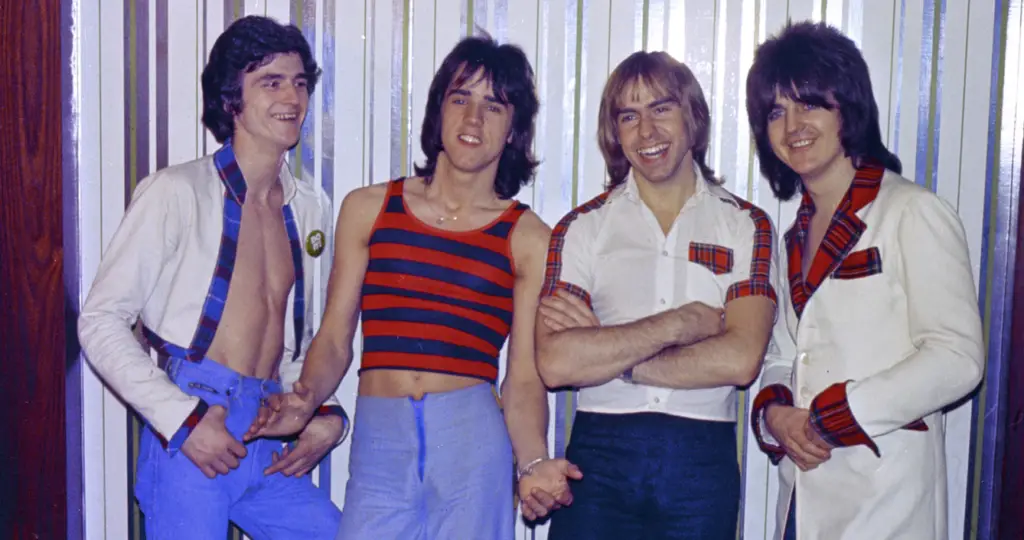
This Scottish band created a fan phenomenon called “Rollermania” that briefly rivaled Beatlemania in intensity. Known for their distinctive tartan outfits and catchy singles like “Saturday Night” and “Bye Bye Baby,” the Bay City Rollers were inescapable in 1975-1976. Their television appearances, merchandising deals, and magazine covers made them household names on both sides of the Atlantic.
The Rollers’ fall from ubiquity was remarkably swift, with changing musical tastes and internal band conflicts contributing to their sudden disappearance from the spotlight by 1978. The rise of disco and punk made their bubblegum pop sound instantly dated, while management problems and lineup changes further complicated their staying power. Despite selling an estimated 120 million records worldwide, the band became one of the most prominent examples of the fleeting nature of ’70s teen adulation.
6. Marie Osmond

As the only girl in the famous Osmond family, Marie carved out her own identity with the country-flavored hit “Paper Roses” when she was just 13 years old. By 1976, she and brother Donny hosted their own variety show, “Donny & Marie,” which made her a household name and teen idol with her signature “I’m a little bit country” catchphrase and elaborate ice skating performances.
When “Donny & Marie” was canceled in 1979, Osmond’s ubiquity in American popular culture quickly diminished. Unlike many teen idols, however, Marie successfully reinvented herself multiple times over the decades—as a country artist, talk show host, doll designer, and Las Vegas performer. Though her teen idol phase was relatively brief, it represented the pinnacle of her visibility in mainstream pop culture.
7. Parker Stevenson
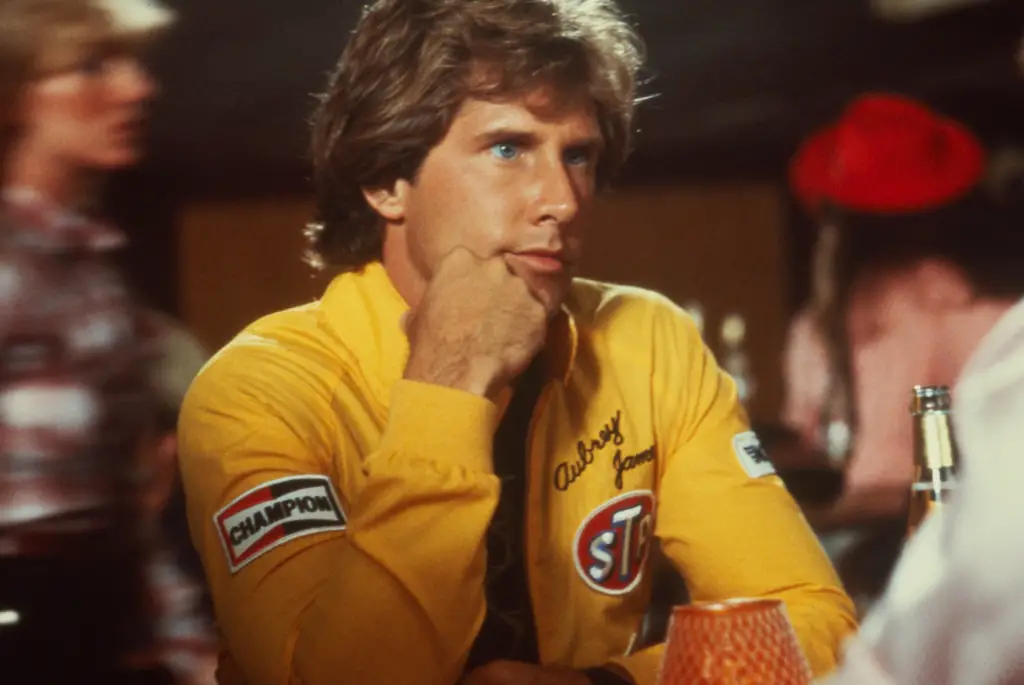
As Frank Hardy on “The Hardy Boys/Nancy Drew Mysteries,” Parker Stevenson (alongside Shaun Cassidy) became a television heartthrob whose face was plastered across teen magazines from 1977-1979. His clean-cut good looks and California surfer vibe made him particularly popular with young female viewers, despite his limited musical endeavors compared to other teen idols of the era.
Stevenson’s idol status faded rapidly when “The Hardy Boys” ended after just three seasons. Unlike his co-star Cassidy, Stevenson continued primarily as a working actor with roles in shows like “Baywatch” and “North and South,” but never again experienced the fan frenzy of his Hardy Boys days. His brief but intense period of teen magazine dominance represents a classic example of television-driven idol status that disappeared almost as quickly as it emerged.
8. Susan Dey
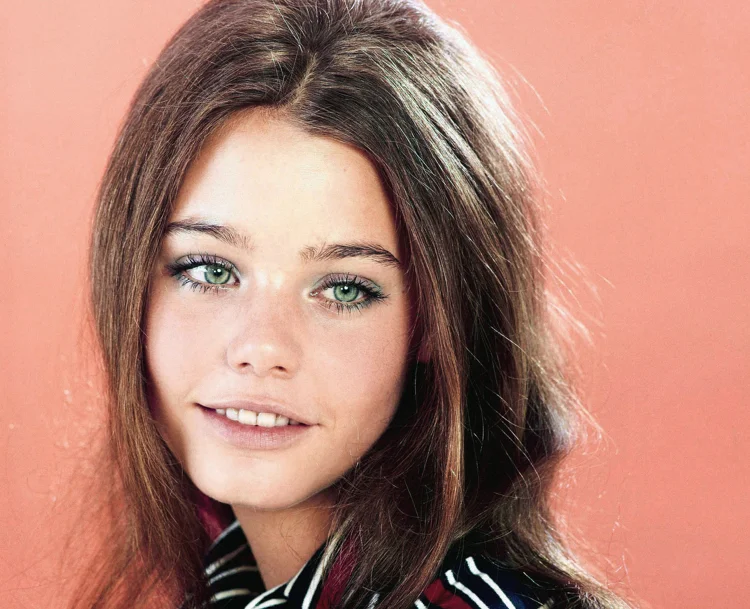
As Laurie Partridge on “The Partridge Family,” Susan Dey became the crush of countless young viewers while simultaneously serving as a fashion icon for teenage girls from 1970-1974. Though overshadowed somewhat by co-star David Cassidy’s explosive popularity, Dey developed her own devoted following and regularly featured in teen magazines throughout the show’s run.
Unlike many teen idols who struggled with the transition to adult roles, Dey successfully reinvented herself with her Emmy-nominated performance as Grace Van Owen on the sophisticated legal drama “L.A. Law” (1986-1992). This career evolution came at the cost of her teen idol status, which effectively ended when “The Partridge Family” concluded. Dey notably refused to participate in Partridge Family reunions, seemingly determined to leave her teen idol image firmly in the past.
9. Rex Smith
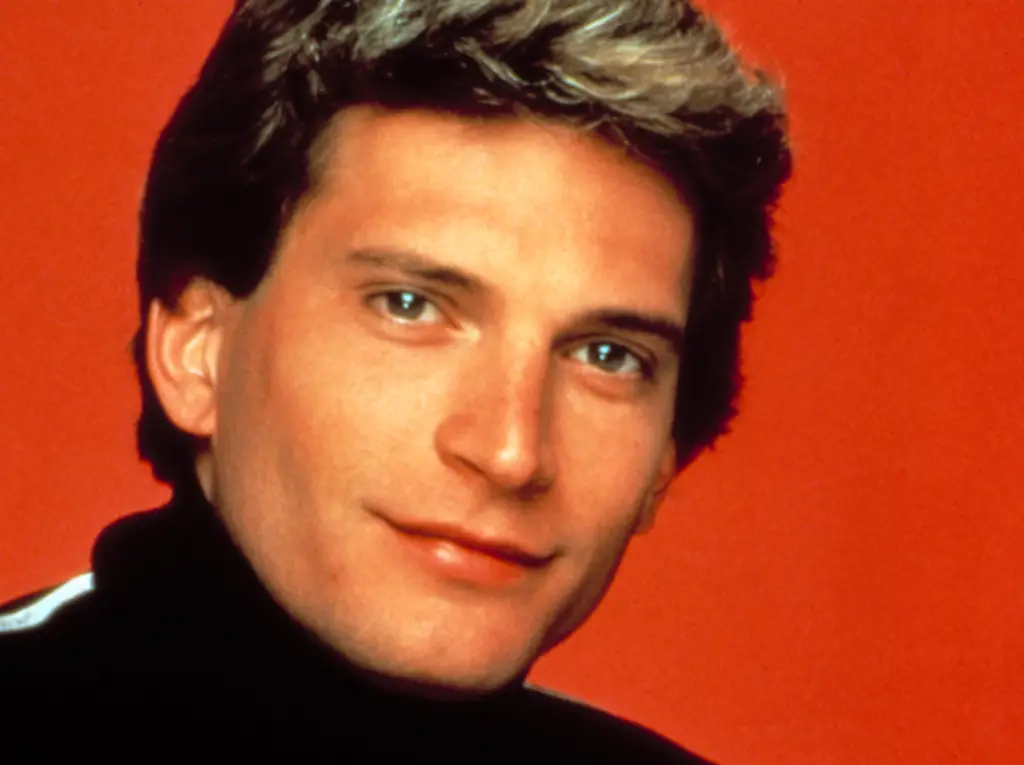
With his perfect feathered hair and earnest love songs, Rex Smith embodied the late ’70s teen idol. His breakout came with the TV movie “Sooner or Later” and its hit single “You Take My Breath Away” in 1979. Soon after, Smith was everywhere—on Broadway in “Grease,” releasing albums, and appearing on TV shows like “Street Hawk.”
Smith’s mainstream visibility diminished dramatically in the early 1980s as musical tastes shifted toward new wave and early MTV acts. Although he continued working steadily in theater and voice acting (notably as Jesse Mach in “Street Hawk” and providing voices for animated projects), Smith’s moment as a magazine cover fixture and teen heartthrob was remarkably brief—essentially just 1979-1981—making him one of the quickest teen idol rise-and-fade stories of the era.
10. Tony DeFranco (of The DeFranco Family)

As the 13-year-old lead singer of The DeFranco Family, Tony became an overnight sensation in 1973 with the hit single “Heartbeat, It’s a Lovebeat.” The Canadian family band, often compared to The Osmonds, featured prominently in teen magazines, with young Tony’s boyish looks making him a particular favorite among young female fans during the band’s brief period of popularity.
The DeFranco Family’s time in the spotlight was remarkably short-lived even by teen idol standards. By 1975, their chart success had completely evaporated, and Tony essentially disappeared from public view. Unlike many former teen idols who attempted comebacks or reality show appearances, Tony DeFranco chose a completely different path, eventually establishing a successful career in real estate and maintaining a very private life away from entertainment.
11. Jan-Michael Vincent
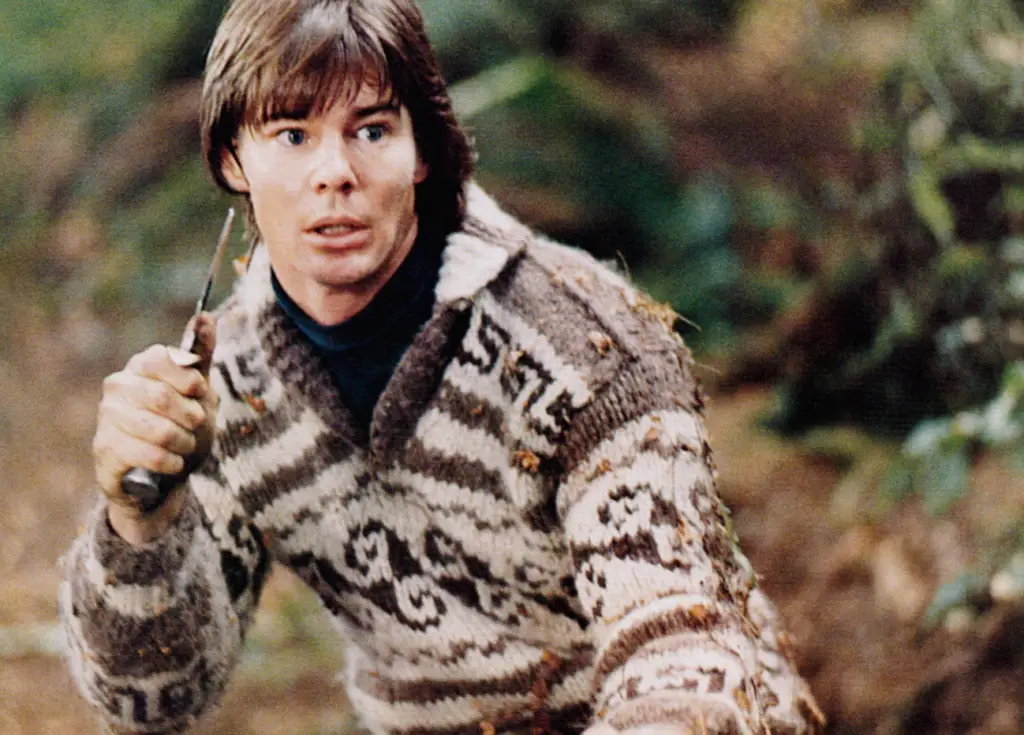
Before his troubled later years, Jan-Michael Vincent was a golden boy of ’70s pop culture who appealed to teens through films like “Big Wednesday” and “Buster and Billie.” With his California surfer good looks and rebellious charm, Vincent represented a slightly edgier teen idol who bridged the gap between traditional heartthrobs and the emerging “bad boy” archetype.
Vincent’s teen appeal waned in the late ’70s as he struggled with personal problems, though he would later find adult success on the 1980s series “Airwolf.” His trajectory differs from many on this list as his fall from teen idol status wasn’t due to changing trends or audience tastes but rather his own well-documented struggles with substance abuse. Vincent’s story serves as one of the more cautionary tales of ’70s idol culture.
12. Kristy McNichol
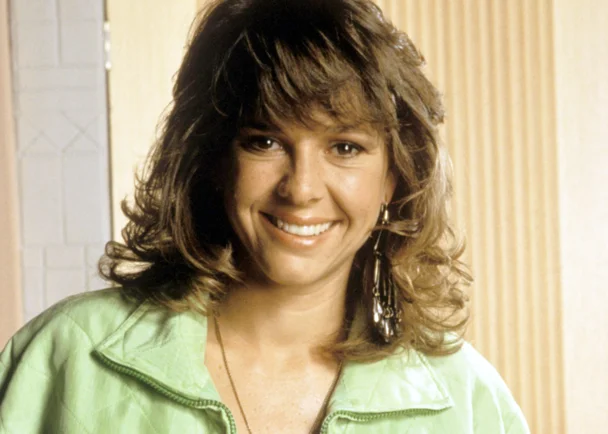
Kristy McNichol captured teenagers’ hearts as Buddy Lawrence on the drama series “Family” (1976-1980), winning two Emmy Awards for her authentic portrayal of a sometimes troubled teen. Her popularity soared further with roles in coming-of-age films like “Little Darlings” alongside Tatum O’Neal, making her a fixture in teen fan magazines throughout the late ’70s.
McNichol’s visibility in mainstream culture declined dramatically in the mid-1980s as she battled bipolar disorder, eventually leading to her walking off the set of “Just the Ten of Us” in 1988 and later retiring completely from acting in 1992. Unlike many teen idols who faded due to changing tastes or failed career transitions, McNichol’s retreat from public life was largely self-directed—a rare example of a teen idol who chose to step away from fame entirely to focus on her well-being.
The lightning-fast rise and fall of these ’70s teen idols highlights the often ephemeral nature of fame, particularly the intense but brief adoration directed at young performers. While some successfully transitioned to adult careers in entertainment and others found fulfillment in entirely different fields, they all share the unique experience of having once been among the most recognized faces in America—before suddenly finding themselves yesterday’s news as the fickle spotlight of teen adulation moved on to the next generation of fresh faces.


